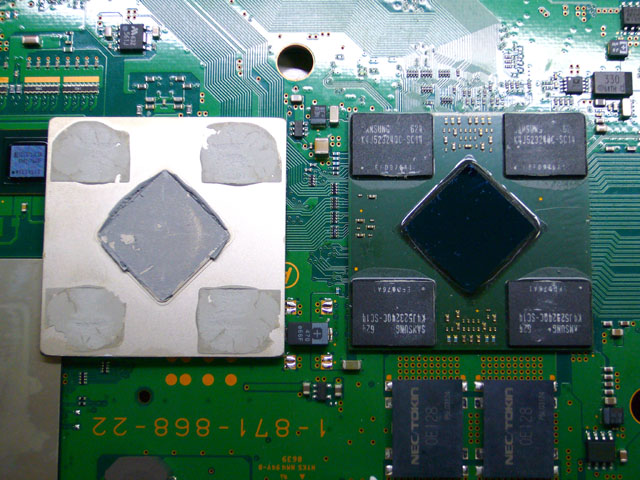Rainbow Man
Veteran
I can't believe nobody's done a striptease of an euro PS3 and posted up nudies on the web yet.. That's really disappointing.
We need a hardware teardown now to check for changes! Who voulenteers?
Pecae.
We need a hardware teardown now to check for changes! Who voulenteers?
Pecae.



